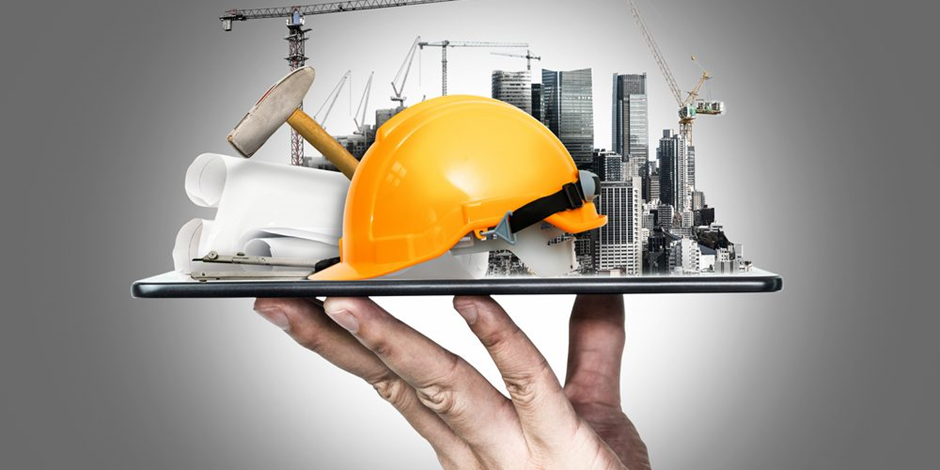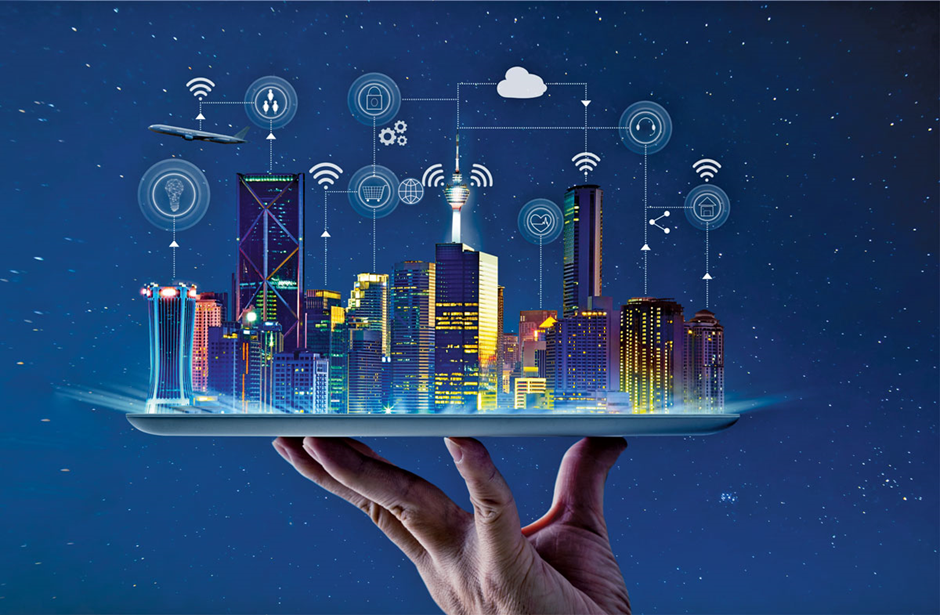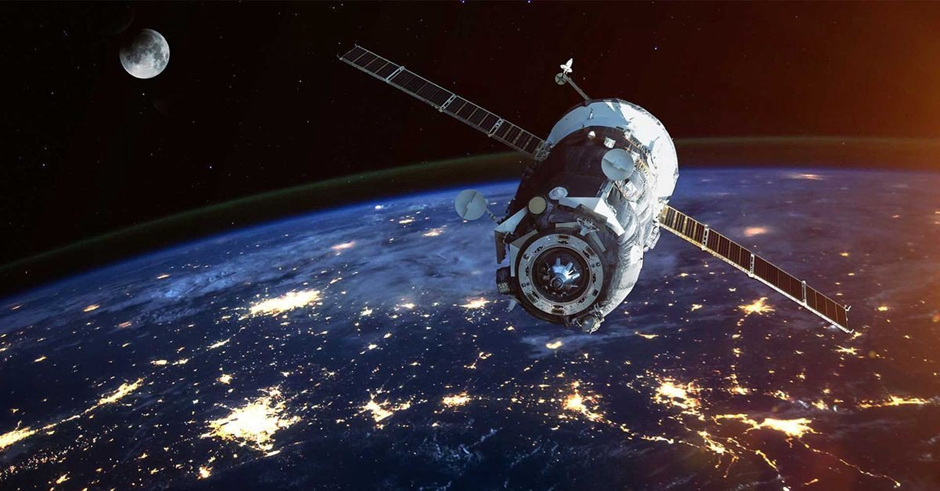Infrastructure’s importance in any contemporary economy cannot be overemphasized. It also cannot be summed up in words or articles. The significance of infrastructure may be recognised by the fact that it not only generates financial value for the country but also helps to raise residents’ living standards and protect the environment. They have a twofold influence on the economy, benefiting it both short and long-term.

When it comes to infrastructure projects, they consume a lot of time and resources, which in turn impacts the lives of the people around them. Although after its completion it brings a huge amount of positive change, during its construction it creates a huge amount of disturbance, whether it’s social or ecological. This impact might take the form of community relocation, loss of vegetation, contamination of nearby water bodies, traffic disruption, and so on. The longer a project is in the building process, the longer these issues will persist. As a result, the timely completion of infrastructure projects is critical from both a social and ecological standpoint.
Why do infrastructure projects get delayed?
Infrastructure projects are huge and complicated by nature. One project might have so many moving pieces that preserving harmony is frequently a challenge. The developers must select the best location for the project during the planning stage, and then collaborate with structural architects and engineers to create the project’s ideal design. To comprehend their needs and create a great design, engineers and designers must collaborate closely with a variety of different stakeholders, including water and power specialists, environmental organisations, social activists and legal experts.
They must also include future occurrences such as an increase in demand, the consequences of climate change, as well as the requirement for adjustments to meet future demand. More often than not, coordination between all the aforementioned stakeholders is a time-consuming process, and the design approval of the project is where the delay starts. They must also include future occurrences such as an increase in demand, the consequences of climate change, and the requirement for adjustments to meet future demand. The majority of the time, coordinating between all of the aforementioned parties is a laborious process, and the project’s design approval is when the delays begin. An effective single-window approval system may significantly reduce project delays.
Ineffective supply networks can cause a scarcity of building supplies throughout the construction phase. Sometimes the quality of the content is poor. Project delivery can also be delayed by a labour shortage or other labour-related problems.
Role of technology in infrastructure projects
When it comes to the timely completion of infrastructure projects, digital technologies, including communication, project management software, and cloud-based technologies, have been extremely beneficial. Almost every step of project development recognises the value of these technologies.

Selection of Site: In infrastructure projects, one of the most important and difficult tasks is site selection. Projects like these have huge environmental and socio-economic implications. These projects cannot be moved if, later, it is found that the site is not suitable for building due to its large scale. The choice of a site might make the difference between a project’s success and failure. So choosing the right spot is crucial. To choose the ideal location for a project, modern project developers employ geospatial technologies like GPS, GIS, and remote sensing. These technologies consider the project’s social impact as well as its influence on the local ecology, in addition to its financial feasibility. These technologies construct computer models to ascertain the impact of climate change on a project in a specific place by examining historical data. The project developers can select the ideal place with the assistance of geospatial technologies, which offer thorough information; all of this can be accomplished quickly.
Planning a project: Oftentimes, one of the most time-consuming jobs is project planning. Planners are assisted by modern technologies like CAD (computer-aided design) in creating the project’s fundamental designs. With the assistance of digital technologies like connected construction, multiple project stakeholders may collaborate on the design concurrently. As a result of the input from each stakeholder, the project design is immediately updated, and everyone is notified. Anyone can express their concerns or feedback in real time with everyone if they have any. Planning and design professionals may incorporate interdisciplinary data into a project using BIM (Building Information Modelling), which also aids them in foreseeing future demands and the need for maintenance or change.

Supply Chain Management: The timely arrival of the necessary materials is crucial for a project’s on-time completion. Project developers may create effective supply chains with the use of technologies like ML (machine learning), AI (artificial intelligence), and the IoT (Internet of Things). These innovations maintain track of the resources and foresee future needs. They keep track of the supplies and automatically arrange orders. These technologies can also foresee any unexpected increase in the material’s price or demand. The quality specifications of the material being used may also be specified and examined with the help of ML and AI. Digital technologies prevent any project from being delayed by a material shortage by improving supply chain management.
Automation: Infrastructure projects require a lot of manpower. Project delays are usually caused by a labour shortage or other challenges with people. Developers can lessen their reliance on manual work with the use of automation. This not only reduces costs over time but also quickens the pace of work at the project site. Additionally, automation reduces waste and human error. Automation may assist the developers in carrying out their tasks with little disturbance, even when there are problems with the human resources.
Numerous different factors in life, the environment, and business are affected by infrastructure projects. One of the most important factors in measuring their success is their timely delivery. While certain variables, like the COVID-19 epidemic or harsh weather, are beyond human control, digital technology is enabling project developers to confront and overcome many of the problems that are causing projects to be delayed. Developers must be prepared to invest in such technologies since the cost of doing so is far lower than any losses they could suffer from delayed project delivery.
Read more: Huge Impact of technology in people’s life
Also read: The technology used in Space Exploration













